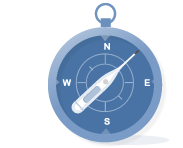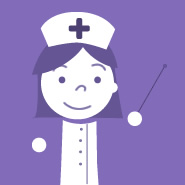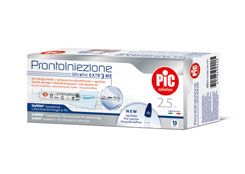
Total immersion in the world of disposable syringes and needles
From disposable syringes and holders, which are devices used with disposable needles, to pre-filled syringes. The world of needles: are you familiar with the "butterfly" needle?
It's well-known that disposable needles and syringes reduce the possibility of infection: these are syringes with single-use needles and other devices that allow you to avoid the risk of contracting viruses.
Types of syringe
Traditional disposable syringes, which are thrown away after the injection has been administered, are categorized by capacity: depending on their use, they're available in 2.5 and 5 milliliter size (the most common) up to 100 milliliters. In a clinic you might also see specific devices that have a needle attached to a plastic cylinder, which is the "holder" or "sleeve", into which a test tube is placed. What are they for? Mostly for taking blood samples, ensuring that the specimen is transferred safely, whilst allowing more samples to be taken by simply replacing the test tube, thus avoiding loss of blood and contamination.
Butterfly needles have wings
Have you ever heard of "butterfly needles"? They're needles used for short-term treatment, single drug delivery and blood sampling that are shaped a bit like a butterfly with spread wings. They are specifically used for children and in cases where access to veins is difficult. Both butterfly needles and syringes are only available as disposable. As soon as the sampling procedure is done, the needle is thrown away immediately.
The gauge of the needles
Funnily enough, needles have a gauge size the same way guns do, which corresponds to the injection volume of the drug. The gauge is the firepower of the needle. Usually the most common needles are 20 or 21 "gauge", which is the measurement for calculating the thickness of the needle, which reduces as the numbers go up (and vice versa). Taking samples from small or particularly fragile veins is done with smaller gauge needles.
A quick look at pre-filled syringes
Pre-filled syringes that are already loaded with the drug that's to be administered are becoming increasingly common, thanks to their ability to eliminate the risk of contamination and errors in dosage.








